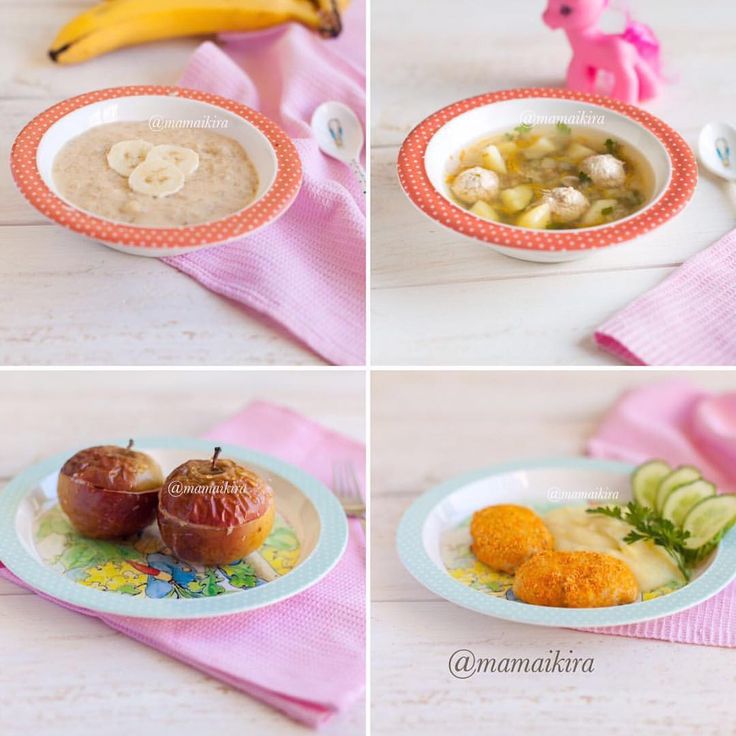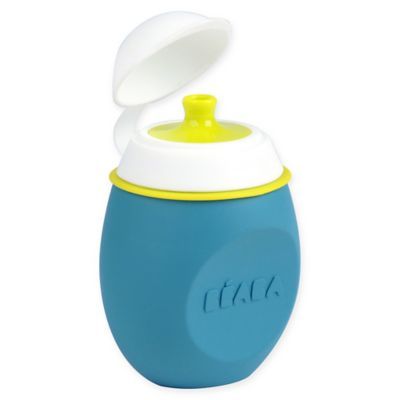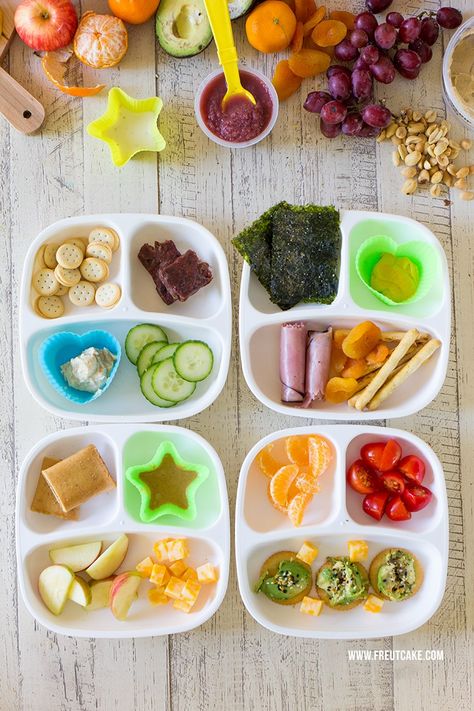Food diary for babies
Nuttri Baby Food App | Meal Planner & Tracker for Baby Led Weaning
Baby Food App
Meal Planner & Tracker
available for Android
Discover
A list of over 100 natural food ingredients organized by the weaning stages and essential food groups, along with feeding and serving tips.
Learn
More about nutritional information, and easy buying tips such as which foods are in season, those high in pesticides, and the most common allergens.
Track
Make lists of food to try, food that successfully tried. Create a watchlist to monitor potential food allergies and sensitivities.
Plan
Design baby meal plans with bright and colorful icons to keep track of feeding history and the food groups, reducing the chances of any nutritional deficiencies.
Plan What to Feed Baby Now
Your baby’s nutritional needs will differ from that of adults. Learn what pediatricians and dietitians are recommending as the first foods to try. Discover 100+ whole food ingredients organized by weaning stage and the essential food groups. Also input and use your own food ingredients. Don’t miss out feeding tips for your baby’s development from AAP, FDA, CPS, NHS, and Dietitians of Canada.
Keep Track of What Your Baby Eats
In just one click keep the history of what foods have been safely tried. Create a watchlist to manage your baby’s food allergies and sensitivities. Tracking progress cues are visible in the meal planner to help introduce new foods one at a time.
Design Colorful Meal Plans
Design baby’s meal plans with the use of colorful icons. Intuitively mix new foods with ones that have already been tried. Keep track of the essential food groups to reduce any chance of nutritional deficiencies. See which meals your baby liked or refused in order to figure out his or her preferences!
Plan Smarter - With Data Driven Insights
Get smart insights through your foods tracked and meals planned.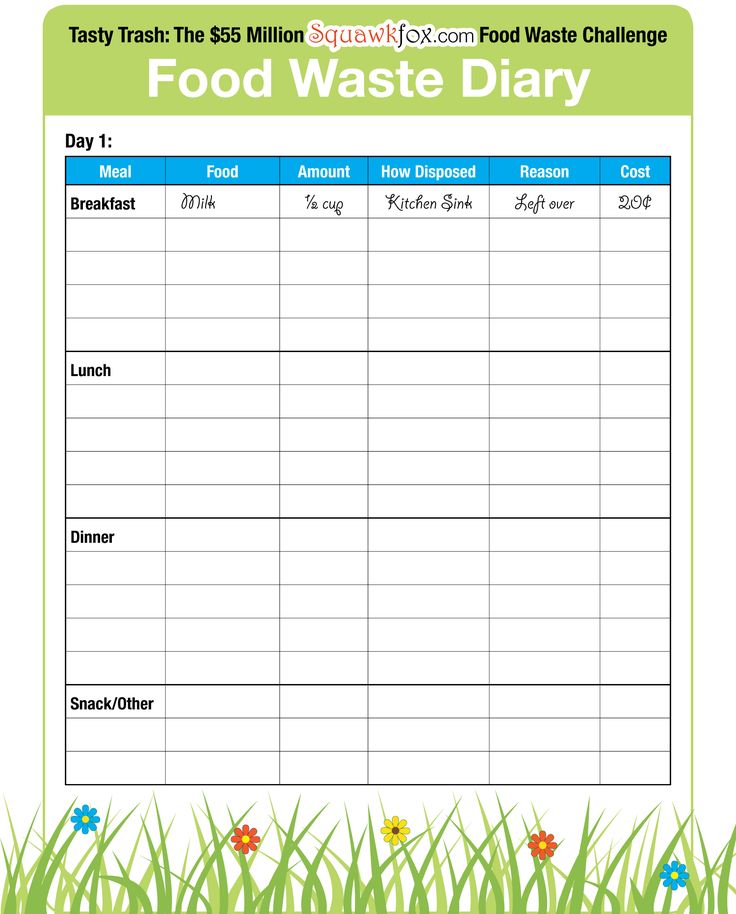 Your data input will be converted into easy graphs in the insights section. See what your baby most commonly eats, if the meals are balanced, and how the feeding progress is going. With Nuttri Plus, you can also learn which foods you should try next, and which foods your baby prefers.
Your data input will be converted into easy graphs in the insights section. See what your baby most commonly eats, if the meals are balanced, and how the feeding progress is going. With Nuttri Plus, you can also learn which foods you should try next, and which foods your baby prefers.
Discover healthy food for your baby’s weaning. Track your baby’s food history. Create baby led weaning meal plans with foods containing key nutrients for your growing baby.
“Love keeping track of what baby ate & getting insights over time for food groups & most offered. Would like to see more of these or customizable charts. Also helps give ideas for other foods to try & how to serve. And just discovered I can add my own ingredients & categorize them into a food group. Great so far!”
A Google User
“This app makes it so easy to keep track of what foods we’ve introduced to our baby! It’s also great to see that they use research from the AAP, FDA, etc.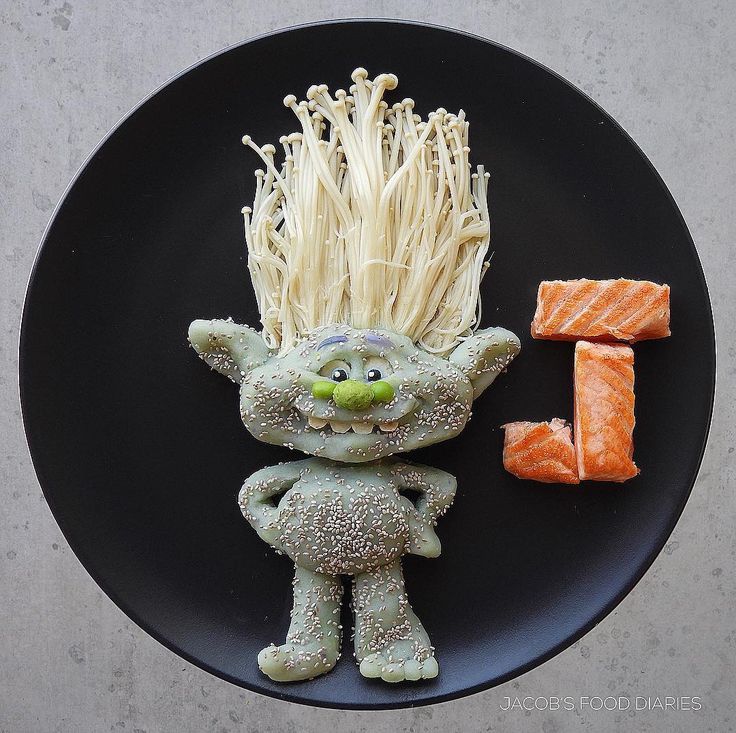 Also, the cute graphics are a plus :)”
Also, the cute graphics are a plus :)”
A Google User
“Useful on keeping track of what my infant like or having allergies with. Can also see what he ate most often, so can decide on a more variety of meal in future for him. The developer is also very responsive to my enquiry email, and even keeps me updated.”
A Google User
Nuttri Articles
Baby Food Sciences + Monthly Feeding Tips + Baby Nutrition
Feeding a variety of natural food is good for:- Obesity prevention: Eating a variety of foods, especially vegetables and fruit, helps babies develop a healthier and diverse diet for long-term health benefits.
- Allergy prevention: Exposing babies to a variety of natural food ingredients can help to reduce chance of developing food allergies. Based the recommendations from American Academy of Pediatrics, peanut butter should be one of the first foods to try!
- Development: Babies develop motor skills and senses, as well as social and language skills, through exploring the various textures and flavors of foods.
 Try baby led weaning if you haven’t considered yet.
Try baby led weaning if you haven’t considered yet. - Reducing risk: Homemade baby food from whole foods is less likely to contain preservatives, additives, additional sugar or salt.
Scientists say the first 1,000 days of life open up a unique opportunity to build strong foundations for health and brain development - through nutrition. Designed based on pediatric guidelines, Nuttri Plus helps you track what your baby eats and when, and plan optimal baby meals.
Discover an abundance of whole food ingredients to plan your baby led weaning, or purée feeding. Create personalized baby meals and benefit from our baby food tracker and expert tips. Explore which ingredients to buy and peruse baby food recipes based on your baby’s needs and stages of weaning. Nuttri will help you identify common allergens, seasonal foods, and when to choose organic. It’s also helpful to bring on grocery store visits with an easy-to-use buying guide.
Nutrri Plus contains extra food ingredients to help add even more diversity to your baby’s meals. It also provides tips on what foods to try next based on your baby’s feeding history. Nuttri Plus also shows your baby’s favorite and least favorite foods based on your baby meal plans.
It also provides tips on what foods to try next based on your baby’s feeding history. Nuttri Plus also shows your baby’s favorite and least favorite foods based on your baby meal plans.
We are proudly partnered with Lumino Health.
How to keep a food diary
DO YOU KNOW...
What is a food diary?
A food diary is a complete record of the food your child has eaten during a certain period of time. This record will help the dietitian know your child’s needs.
How do I complete a food diary?
- Write down every food or beverage that your child eats and drinks each day.
- Write down how much of the food or beverage your child actually ate or drank. Avoid using words such as “bites” or “sips”. Use standard sizes and weights when you can (tsps., cups, ounces, etc.)
- Write down brand names of items.
- Write down cooking methods of food, such as baked, broiled, fried, stewed, or microwaved.
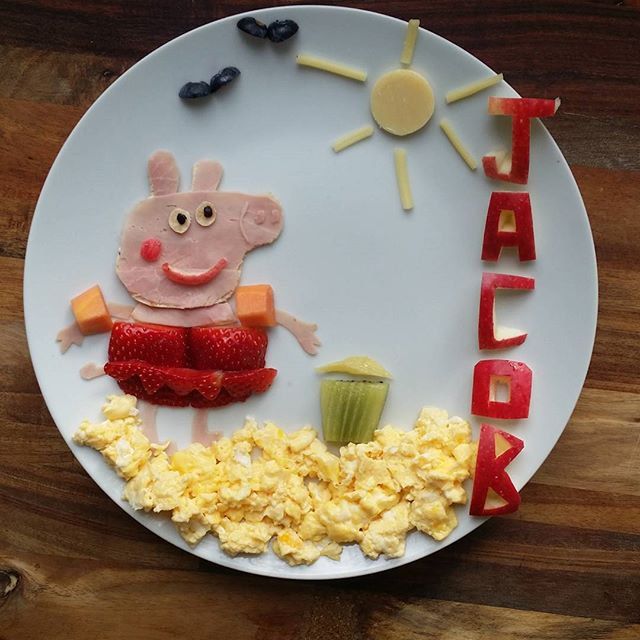
- Keep these records close to wherever your child eats and drinks. This will help you keep an accurate record.
- Return the completed record to Nutrition Services or to your St. Jude dietitian.
Sample daily food and drink diary
Name: ________________________________________ Date: ________________________
| Time (am/pm) | Food or beverage | Type and/or how prepared | Amount |
|---|---|---|---|
| 7 am | Oatmeal | Quaker instant, apples and cinnamon | 1 package |
| 1 tbsp margarine added | |||
| Milk | Whole | ¼ c | |
| 12 pm | Hamburger | McDonald’s regular | ½ |
| French fries | McDonald’s small | ¾ order |
Food diary
Name: ________________________________________ Date: ________________________
Please keep a 3-day record of all food and beverages consumed.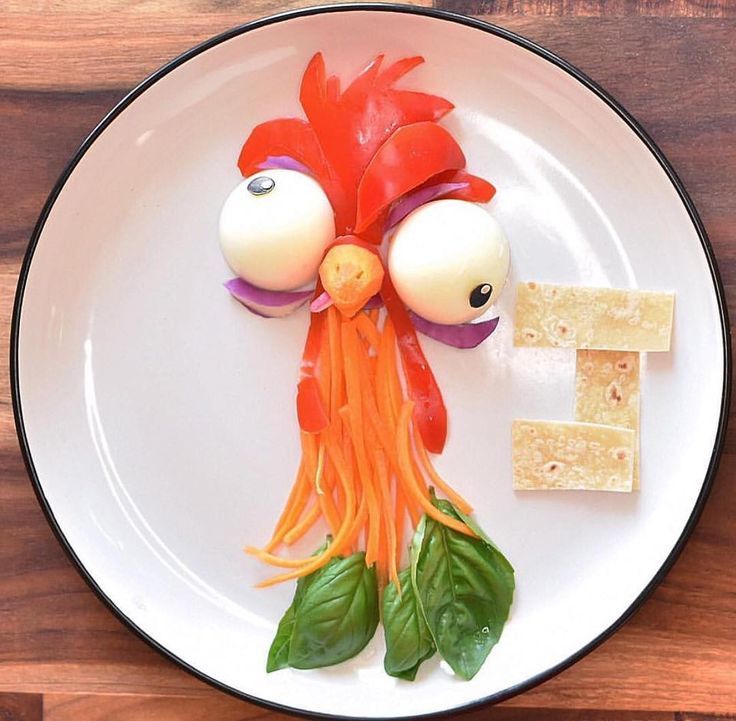 Bring with you to your next outpatient visit.
Bring with you to your next outpatient visit.
| Time (am/pm) | Food or beverage | Type and/or how prepared | Amount |
|---|---|---|---|
This document is not intended to take the place of the care and attention of your personal physician or other professional medical services. Our aim is to promote active participation in your care and treatment by providing information and education. Questions about individual health concerns or specific treatment options should be discussed with your physician.
Our aim is to promote active participation in your care and treatment by providing information and education. Questions about individual health concerns or specific treatment options should be discussed with your physician.
St. Jude complies with health care-related federal civil rights laws and does not discriminate on the basis of race, color, national origin, age, disability, or sex.
ATTENTION: If you speak another language, assistance services, free of charge, are available to you. Call 1-866-278-5833 (TTY: 1-901-595-1040).
ATENCIÓN: si habla español, tiene a su disposición servicios gratuitos de asistencia lingüística. Llame al 1-866-278-5833 (TTY: 1-901-595-1040).
تنبيه: إذا كنت تتحدث باللغة العربية فيمكنك الاستعانة بخدمات المساعدة اللغوية المتوفرة لك مجانا. .يرجى الاتصال بالرقم. 5833-278-866-1 (الهاتف النصي: 1040-595-901-1).
Nutrition diary for a child up to a year: diary template, explanations of specialists
Published: 02/10/2021
Reading time: 4 min.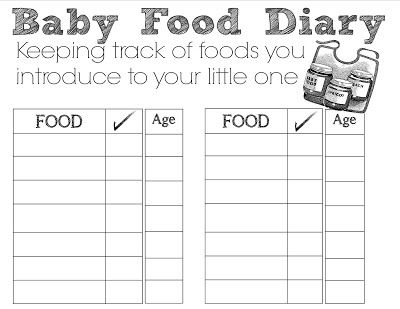
Number of reads: 10485
Author of the article: Ponomareva Yuliya Vladimirovna
Pediatrician, candidate of medical sciences, allergist-immunologist
Each stage of a baby's development corresponds to a certain type of food. This is due to the gradual maturation and functional activity of the main organs and systems, primarily the gastrointestinal tract. So, in the first months of life, a child is able to absorb only mother's milk, the composition of which ideally matches the capabilities of the baby's body and dynamically changes in accordance with its needs.
The nutrition of a nursing mother should be varied and complete, but she needs to adhere to some restrictions that are associated with the possibility of penetration of many substances into breast milk, and hence into the baby's body. It is undeniable that alcohol, smoking and coffee are incompatible with breastfeeding, as they can harm the baby. But often, ordinary foods, such as milk, nuts, honey or chocolate, can cause deviations in the baby's health.
Contents: Hide
- Food is not always healthy
- Prevention is better than cure
- Food intolerance
- What is a food diary?
- Food diary template
Food is not always healthy
Mother's milk is the best food for a baby, but in some cases, due to various reasons, breastfeeding has to be abandoned. Scientific and technological progress, advances in pediatrics and dietology allow the development and production of formulas for artificial feeding that are most adapted to the child and replace mother's milk.
However, even the best of them are still very far from the “gold standard”. Therefore, formula-fed babies may experience reactions to the mixture being administered. This is primarily due to a food allergy to cow's milk protein. In addition, with a further expansion of the diet and the introduction of new complementary foods, deviations in the health of the baby are also possible. They are associated with individual intolerance and the development of allergies, or with the age-related unwillingness of the body to perceive and assimilate new food.
Prevention is better than cure
All of these factors explain the need to gradually expand the baby's diet and introduce foods in accordance with the child's readiness to digest certain foods.
This is important! According to current national recommendations for feeding children in their first year of life, complementary foods are introduced no earlier than 4 months. Experts recommend starting to include in the menu each new food group from low-allergenic foods.
So, for example, in the line of baby food Bebi Premium "Porridges for the first feeding", low-allergenic products based on buckwheat, rice and corn groats are specially developed. These cereals do not contain cow's milk proteins, gluten, lactose and sugar. The dish can be prepared on the basis of breast milk, adapted formula or baby water. The composition is enriched with prebiotics, which is very important for the formation and maintenance of your own intestinal microbiota and the prevention of allergies.
Food intolerance
Food allergy is one of the most common diseases in young children. Every second child aged 3-6 months living in large cities has manifestations of food intolerance. What symptoms suggest an allergic reaction? Most often, these are skin rashes and disorders of the gastrointestinal tract. Skin rashes with bright redness and peeling (often also with severe itching) appear on the face, buttocks, arms and legs of the baby. The child often has stool disorders, regurgitation and intestinal colic. In some cases, there is a delay in weight gain and growth gains.
Find the cause
Diagnosis of food allergy is not difficult, any mother will immediately pay attention to the characteristic changes in the child. It is much more difficult to find the "culprit" of an allergy - a food product that triggered and maintains this condition. A successful search will be the most effective treatment for the baby, because by removing the causative allergen from the diet, we can stop the allergic reaction. In order to establish a relationship with the reactions that have occurred and the products introduced, parents need to keep a diary of the child's nutrition.
In order to establish a relationship with the reactions that have occurred and the products introduced, parents need to keep a diary of the child's nutrition.
What is a food diary?
It is a regular detailed record of all foods that the baby has tried or eaten, and his individual reaction to them. The food diary is filled out daily, it indicates the time of eating, a detailed description of the product with all its ingredients, cooking and serving size.
Other obligatory columns include information about the change in the state of health of the baby, indicating the time of occurrence of the reaction and its nature. Parents need to note any changes that occur when a new product is included in the diet. In the "Notes" column, you need to write down new events in the child's life that are not related to nutrition, but which could also affect the occurrence of the reaction. This can be a change of washing powder or skin care products, vaccination, medication.
It is convenient to present these data in the form of a table, individual columns of which include the above information. At the end of this article, an approximate template for filling out a food diary is presented. If the child is breastfed, then the mother also needs to keep a food diary.
Important task
Perhaps many parents take these recommendations lightly, believing that special tests will be more informative. However, with a responsible attitude, when adults carefully and timely record absolutely all the foods that were present in the baby’s diet even in a minimal amount, this will be very valuable data. The pediatrician will be able to analyze the information and build a safe individual diet for your crumbs. Ideally, any baby needs to keep a food diary throughout the first year of life, tracking reactions to the introduction of all new complementary foods, but this is especially important for children with allergies or babies with a high risk of developing allergic reactions.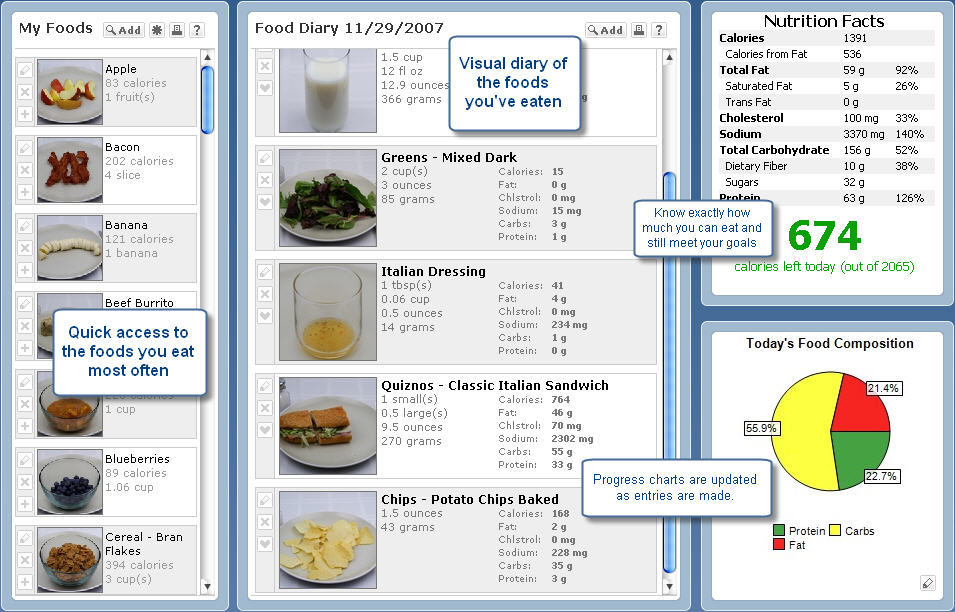 9.00
9.00
2. Dry fruit compote
50
2. Dry fruits - apples and pears of home blanks, children's drinking water Bebi Premium, boiling
2. Kurin yolk
30
2. Welled boiled
Redness of cheeks
Download the power supply template
Rate the article
(Number of votes: 12, average 5.0)
Share with friends:
Child's food diary - what is it for, what to write there
07/29/2020 8925
Article content
- What is a food diary
- What exactly should be recorded in a child's food diary
- Why this information is needed
- What is useful to write in a diary additionally
- What information is useful for the doctor from the baby's food diary
- Sample food diary
We all want to see our babies like in the fairy tale about the Cat walking by itself: pink, plump and actively exploring the world. Even if the mother does not manage to redo all the affairs because of the active baby.
Even if the mother does not manage to redo all the affairs because of the active baby.
But children don't always grow up fabulously perfectly. They put something wrong in their mouths, break out in a rash from who knows what, or embarrass their mother with stools of the wrong color and consistency. And the worries about a sudden, but rather ordinary ailment, are also tiring. When a baby sprinkles or his tummy hurts, I want to know why this is and how to avoid it. Answering such questions is much easier if you imagine how events unfolded. And it is better to write down - to keep a diary.
What is a food diary
A child's food diary is a journal with a table in which you make entries every day. You note everything that the baby ate - even unplanned - and what happened next: nothing special or some kind of unwanted reaction. Write down the menu for the whole day in the morning, mark the “response” to food immediately - in the evening there is rarely time for this, and the little things are forgotten.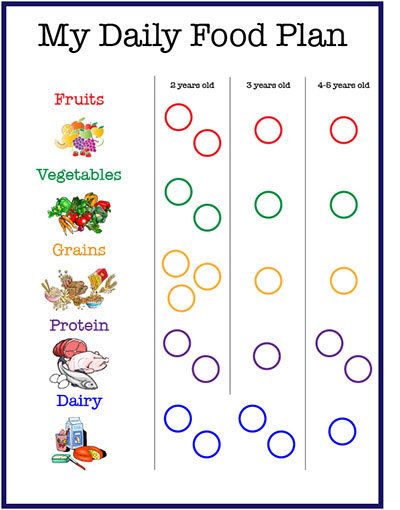 Come up with a simple notation for repeating entries, write down the transcript on the cover. So you save time. The easier it is to fill out a diary, the more likely you will write in it regularly.
Come up with a simple notation for repeating entries, write down the transcript on the cover. So you save time. The easier it is to fill out a diary, the more likely you will write in it regularly.
What exactly should be recorded in a child's food diary
In your food diary, write down:
- date;
- time of each meal;
- what the child ate, from what initial products it was prepared, with what additives;
- brands of purchased products;
- composition of prepared meals, if eating for the first time;
- how much he ate;
- how he felt during the day, how he slept at night;
- if he started taking medicines or vitamins, the name from the label and the dosage;
- scheduled vaccinations - to give new food not earlier than 3 days after vaccination;
- if the child ate or put something in his mouth that you did not intend to give him. So that he does not drag something dangerous into his mouth, create a safe environment for him at home: household chemicals and medicines - under lock and key;
- sudden "treats" from relatives whom you did not have time to warn;
- changes in your diet if you are breastfeeding - even one-time and "wrong".

A food diary helps to record everything that enters the child's body. Although such meticulousness seems boring, there are advantages to the habit of taking notes regularly.
Keeping a food diary is useful practically and psychologically:
- When you regularly write down what and how much your baby eats, and how he feels during the day, you will track down inappropriate meals for him. You will appreciate how varied his menu is. You will be able to clearly check the potential allergen - and do not forget to exclude it for the required period.
- If your baby is having trouble picking up solid foods, a diary can help solve this problem. You will draw up an action plan and follow it if you are allergic to “everything in a row” or if he “eats nothing at all”. You will feel that the situation is under control.
- Some children find it difficult to keep to a schedule. The diary will help to establish a diet for the child.
What is useful to write in a diary in addition
Not only eaten affects the condition of the skin and intestines of the child. The rash can be from contact allergies, childhood diseases, or age-related features - for example, infantile acne. Diarrhea can be a manifestation of intestinal infections.
The rash can be from contact allergies, childhood diseases, or age-related features - for example, infantile acne. Diarrhea can be a manifestation of intestinal infections.
Note additionally:
- if you use a different detergent for his clothes;
- changed baby cream;
- using a different soap, shampoo or bath;
- bought another brand of diapers, new carpet, or something else that comes into contact with the baby's skin;
- if the weather turned out to be uncomfortable during the walk: too hot or icy wind;
- if ill;
- an important or stressful event has occurred;
- took the baby to the dacha: it is easy to quietly eat earth or grass there.
Most of these situations will go unnoticed. Think of yourself as an observer, but take care of the child.
If the baby has a rash or weight deviates from the norm, the doctor will be interested in information from the child's food diary. A neatly filled out table about what and how much the child ate will help the doctor correctly diagnose if an allergy is suspected. If you need to check which complementary food product the child reacts to, then it is easier to write a check scheme with a diary.
A neatly filled out table about what and how much the child ate will help the doctor correctly diagnose if an allergy is suspected. If you need to check which complementary food product the child reacts to, then it is easier to write a check scheme with a diary.
Underweight or overweight? The doctor will assess whether the child is getting the right amount of nutrients by reviewing the recorded menu.
Don't forget to include delicious Nutrilak Premium PROCEREALS in your baby's diet. They do not contain unnecessary ingredients and retain the beneficial properties of whole grains.
Is it difficult for your baby to find complementary foods? From your food diary, the doctor can easily see what you have given and can suggest other foods.
If, after a new type of feeding, the baby has swelling or it becomes difficult for him to breathe, his voice becomes hoarse - first of all, you need to call an ambulance, and not write it in a diary. This condition requires immediate medical attention.



